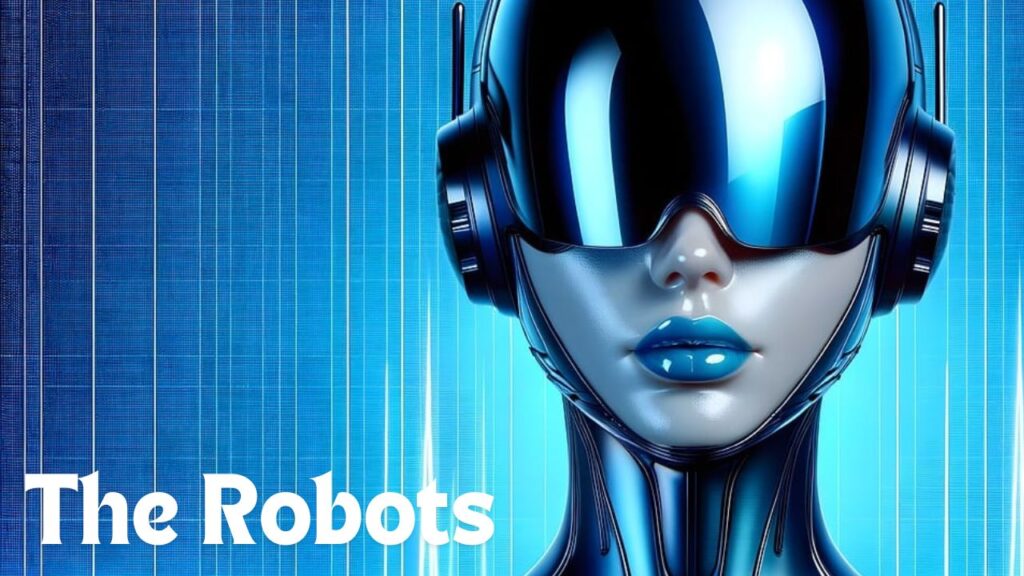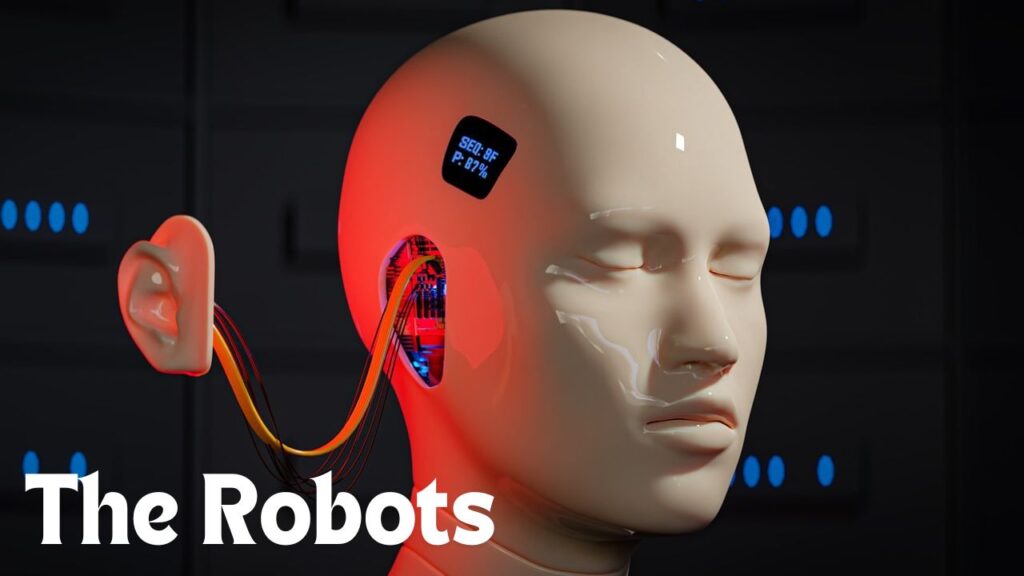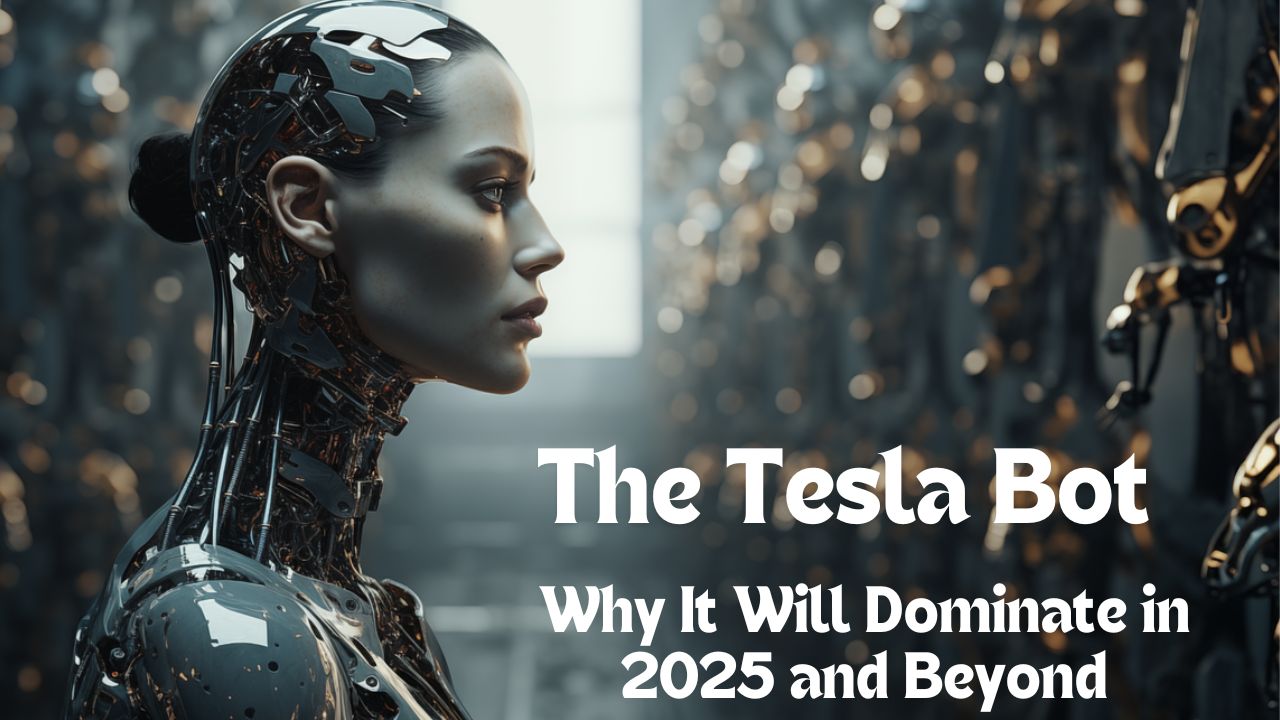Elon Musk is no stranger to big ideas. From revolutionizing the electric vehicle industry with Tesla to making space exploration commercial through SpaceX, his ventures often push the boundaries of what’s possible. Now, Musk has set his sights on transforming the future of robotics with the Tesla Bot, also known as Optimus.
This humanoid robot has the potential to become an integral part of society by 2025. But how? And why does Musk believe robots like Optimus will one day outnumber humans on Earth and even Mars?
In this post, we’ll explore the Tesla Bot’s capabilities, its training process, and the bigger vision behind Elon Musk’s ambitious project. We’ll also delve into the potential social and economic impacts of these robots, which could very well be the key to solving some of the world’s most pressing issues.
1. Tesla Bot: The Robot Revolution is Here
The Birth of Optimus
Optimus, the humanoid robot unveiled by Tesla in 2022, was a major breakthrough in robotics. Unlike traditional robots, which are often specialized for one task, Optimus is designed to be a general-purpose humanoid robot. Musk believes that this generalization is the key to creating a machine capable of performing a wide range of human-like tasks—from folding laundry to assisting in dangerous jobs like bomb disposal.

Until just a few years ago, robots like Optimus existed only in the realm of science fiction. Now, thanks to rapid advancements in artificial intelligence (AI) and robotics, Optimus is well on its way to becoming a reality. At Tesla’s CyberCab reveal event (also called the “Wi Robot” event), Optimus stole the show, with audiences captivated by its potential to change the workforce and society as a whole.
What Can Optimus Do?
At its core, Optimus is designed to perform a wide array of tasks that humans either don’t want to do or are unable to do. From basic household chores to manual labor in hazardous environments, Optimus could take over jobs that are too repetitive, dangerous, or tedious for humans.
The robot can already do some impressive tasks, including:
- Walking: Tesla has shared videos of Optimus learning how to walk autonomously, showcasing its ability to handle balance and mobility.
- Interacting with People: In controlled environments, Optimus can serve food, hand out drinks, and even engage in limited conversations. However, its movements can get awkward when it’s outside its training data.
- Autonomous Movement: Optimus can walk, dance, and handle basic tasks independently, but its behavior in unfamiliar situations requires human oversight.
2. Training the Tesla Bot: A Work in Progress
Teleoperation: Training via Remote Control
One of the most misunderstood aspects of Optimus is its current method of operation. While many imagine a fully autonomous robot, teleoperation plays a significant role in the robot’s development. This involves human operators controlling the robots remotely via VR headsets and motion-capture suits, which allows the robot to learn by example.
The CyberCab event was a pivotal moment for Tesla’s robot training program. The robots that interacted with the crowd were being controlled by human operators who guided them through tasks that would otherwise be too complex for an AI to handle autonomously.
Tesla’s approach to training is akin to on-the-job training. By exposing Optimus to various real-world scenarios, including unfamiliar interactions with the public, the robot is able to learn from these examples and improve its future performance.
AI and Neural Networks: The Path to Autonomy
While teleoperation is essential for the early stages, the long-term goal is for Optimus to operate autonomously using artificial intelligence (AI). Tesla is working on neural networks that allow the robot to learn, reason, and make decisions just like a human. This AI-driven model is key to making Optimus useful in a variety of unpredictable environments, where human intervention is typically needed.
However, this goal is still years away. AI training is complex—it involves showing the robot various examples, teaching it to recognize patterns, and enabling it to problem-solve in novel situations. In other words, robots like Optimus need to experience the real world to understand how to navigate it.
While Tesla has made huge strides in AI development, getting a robot to function seamlessly in unpredictable real-world conditions remains an ongoing challenge.

3. The Future of Tesla Bots: Outnumbering Humans?
The Potential Social Impact of Optimus
One of the boldest predictions Musk has made is that robots like Optimus will eventually outnumber humans. This may sound like the plot of a science fiction movie, but Musk’s vision is grounded in his belief that robots will be essential to tackling the world’s greatest challenges.
In the future, Optimus could take over jobs that people don’t want to do, such as hazardous tasks in construction sites, dangerous maintenance jobs in space, or even working in conditions harmful to human health. As the global population ages, there will be a growing demand for labor, particularly for jobs in elder care and healthcare. Optimus, and robots like it, could help alleviate this shortage.
Labor Shortages and Economic Disruption
A mass robot takeover could be an answer to one of the most pressing economic issues: the shrinking workforce. With millions of people entering retirement age, especially in developed nations, fewer workers will be available to take on the growing number of essential jobs. Robots could fill this gap, performing jobs that are too physically demanding or dangerous for humans, and improving overall productivity.
However, introducing robots into the workforce will come with economic disruptions. While Optimus could fill in for aging or retiring workers, it might also displace millions of human jobs. The key to this transition will be adapting the workforce to these changes, ensuring that people are trained for more creative and strategic roles that robots can’t easily replicate.
4. Tesla’s Approach to Robot Design: Optimus’ Hands and Dexterity
The Gen 3 Hand: Human-Like Dexterity
One of the standout features of Optimus is its dexterous hands, which have evolved through multiple generations. The Gen 3 hand, which was revealed at the Wi Robot event, boasts 22 degrees of freedom, allowing each finger to move in more directions than before. This level of dexterity is a crucial aspect of enabling Optimus to handle a wide variety of tasks.
Unlike earlier versions, which had simpler, flap-like hands, the Gen 3 hand is designed to mimic human anatomy as closely as possible. Each finger has multiple joints and can perform intricate tasks, such as making the Vulcan salute—a clear sign of Tesla’s emphasis on making Optimus a truly human-like robot.
Generalized Robots vs. Specialized Robots
Tesla’s decision to build a general-purpose robot like Optimus sets it apart from other industrial robots, which are typically designed for a specific task (e.g., assembly lines or packaging). The advantage of a generalized robot is that it can adapt to various situations, whether it’s handling a tray of batteries or folding clothes.
Tesla has been demonstrating Optimus performing both factory-specific tasks and more generalized actions, like putting items on shelves and folding shirts. The ultimate goal is to create a robot that can be employed in a variety of settings, from industrial factories to household chores.
5. The Road to a Robot-Powered Society
A Changing Workforce: Adapting to Automation
With the rise of robots like Optimus, we are approaching an era where human workers will collaborate with robots rather than be replaced entirely. The key challenge will be ensuring that this transition happens smoothly, with a focus on retraining workers for roles that require human creativity, empathy, and emotional intelligence—skills that robots are unlikely to replicate in the foreseeable future.
The Role of Optimus in a Sustainable Future
Elon Musk’s vision for Optimus is not just about replacing human labor—it’s about enhancing society’s productivity and solving global problems. Robots like Optimus could help solve many of the challenges we face today, from labor shortages to environmental issues. In the long run, the mass adoption of robots could enable humanity to achieve greater sustainability, as more tasks can be automated in a way that reduces human impact on the planet.
Conclusion: The Tesla Bot’s Role in the Future
Elon Musk’s Tesla Bot or Optimus is a game-changer in the world of robotics. While it’s still in its infancy, it has the potential to transform industries and address some of the most pressing challenges of the 21st century. Whether or not robots like Optimus will outnumber humans by 2025 remains to be seen, but one thing is clear: the future of robotics is closer than we think. As AI and neural networks continue to advance, Tesla’s ambitious vision may very well come to life, making robots an essential part of our daily lives.


2 thoughts on “The Tesla Bot: Why It Will Dominate in 2025 and Beyond”